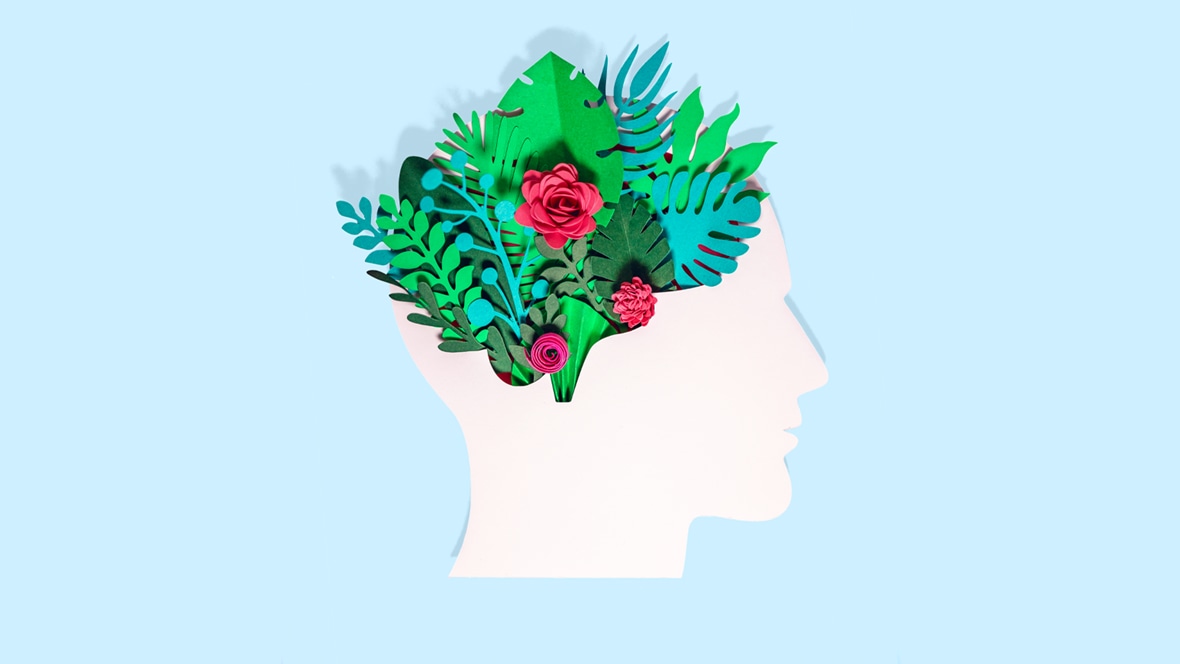What is design thinking?
Design thinking is a systemic, intuitive, customer-focused problem-solving approach that organizations can use to respond to rapidly changing environments and to create maximum impact.
Design and conquer: in years past, the word “design” might have conjured images of expensive handbags or glossy coffee table books. Now, your mind might go straight to business. Design and design thinking are buzzing in the business community more than ever. Until now, design has focused largely on how something looks; these days, it’s a dynamic idea used to describe how organizations can adjust their problem-solving approaches to respond to rapidly changing environments—and create maximum impact and shareholder value. Design is a journey and a destination. Design thinking is a core way of starting the journey and arriving at the right destination at the right time.
Simply put, “design thinking is a methodology that we use to solve complex problems, and it’s a way of using systemic reasoning and intuition to explore ideal future states,” says McKinsey partner Jennifer Kilian. Design thinking, she continues, is “the single biggest competitive advantage that you can have, if your customers are loyal to you—because if you solve for their needs first, you’ll always win.”
And good design is good business. Kilian’s claim is backed up with data: McKinsey Design’s 2018 Business value of design report found that the best design performers increase their revenues and investor returns at nearly twice the rate of their industry competitors. What’s more, over a ten-year period, design-led companies outperformed the S&P 500 by 219 percent.
As you may have guessed by now, design thinking goes way beyond just the way something looks. And incorporating design thinking into your business is more than just creating a design studio and hiring designers. Design thinking means fundamentally changing how you develop your products, services, and, indeed, your organization itself.
Read on for a deep dive into the theory and practice of design thinking.
Learn more about McKinsey’s Design Practice, and check out McKinsey’s latest Business value of design report here.
How do companies build a design-driven company culture?
There’s more to succeeding in business than developing a great product or service that generates a financial return. Empathy and purpose are core business needs. Design thinking means putting customers, employees, and the planet at the center of problem solving.
McKinsey’s Design Practice has learned that design-led organizations start with design-driven cultures. Here are four steps to building success through the power of design:
Understand your audience. Design-driven companies go beyond asking what customers and employees want, to truly understanding why they want it. Frequently, design-driven companies will turn to cultural anthropologists and ethnographers to drill down into how their customers use and experience products, including what motivates them and what turns them away.
Makeup retailer Sephora provides an example. When marketing leaders actually watched shoppers using the Sephora website, they realized customers would frequently go to YouTube to watch videos of people using products before making a purchase. Using this information, the cosmetics retailer developed its own line of demonstration videos, keeping shoppers on the site and therefore more likely to make a purchase.
Bring design to the executive table. This leader can be a chief design officer, a chief digital officer, or a chief marketing officer. Overall, this executive should be the best advocate for the company’s customers and employees, bringing the point of view of the people, the planet, and the company’s purpose into strategic business decisions. The design lead should also build bridges between multiple functions and stakeholders, bringing various groups into the design iteration process.
Design in real time. To understand how and why people—both customers and employees—use processes, products, or services, organizations should develop a three-pronged design-thinking model that combines design, business strategy, and technology. This approach allows business leaders to spot trends, cocreate using feedback and data, prototype, validate, and build governance models for ongoing investment.
Act quickly. Good design depends on agility. That means getting a product to users quickly, then iterating based on customer feedback. In a design-driven culture, companies aren’t afraid to release products that aren’t quite perfect. Designers know there is no end to the design process. The power of design, instead, lies in the ability to adopt and adapt as needs change. When designers are embedded within teams, they are uniquely positioned to gather and digest feedback, which can lead to unexpected revelations. Ultimately, this approach creates more impactful and profitable results than following a prescribed path.
Consider Instagram. Having launched an initial product in 2010, Instagram’s founders paid attention to what the most popular features were: image sharing, commenting, and liking. They relaunched with a stripped-down version a few months later, resulting in 100,000 downloads in less than a week and over two million users in under two months—all without any strategic promotion.
Learn more about McKinsey’s Design Practice.
What’s the relationship between user-centered design and design thinking?
Both processes are design led. And they both emphasize listening to and deeply understanding users and continually gathering and implementing feedback to develop, refine, and improve a service.
Where they are different is scale. User-centered design focuses on improving a specific product or service. Design thinking takes a broader view as a way to creatively address complex problems—whether for a start-up, a large organization, or society as a whole.
User-centered design is great for developing a fantastic product or service. In the past, a company could coast on a superior process or product for years before competitors caught up. But now, as digitization drives more frequent and faster disruptions, users demand a dynamic mix of product and service. Emphasis has shifted firmly away from features and functions toward purpose, lifestyle, and simplicity of use.

